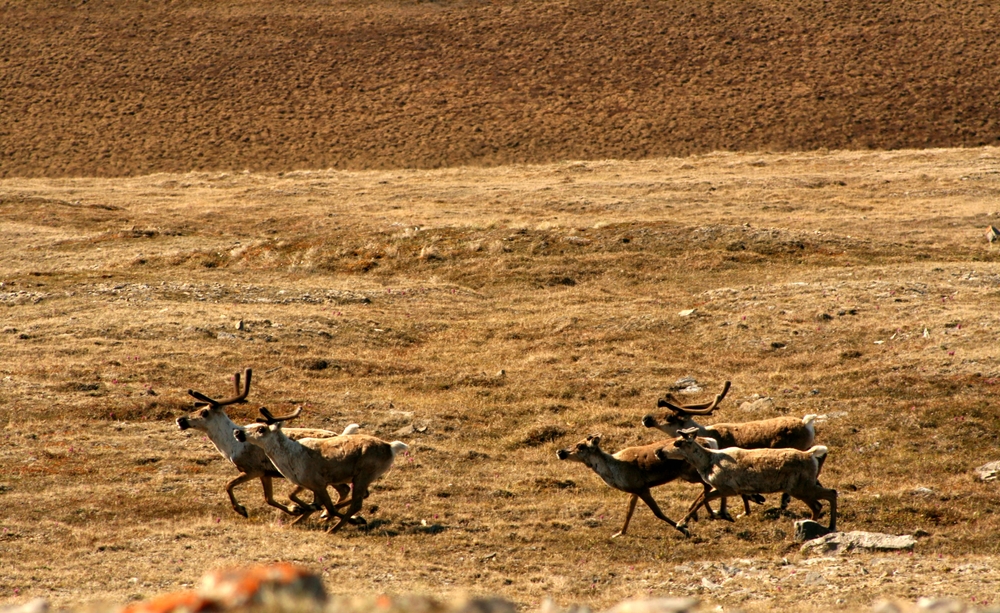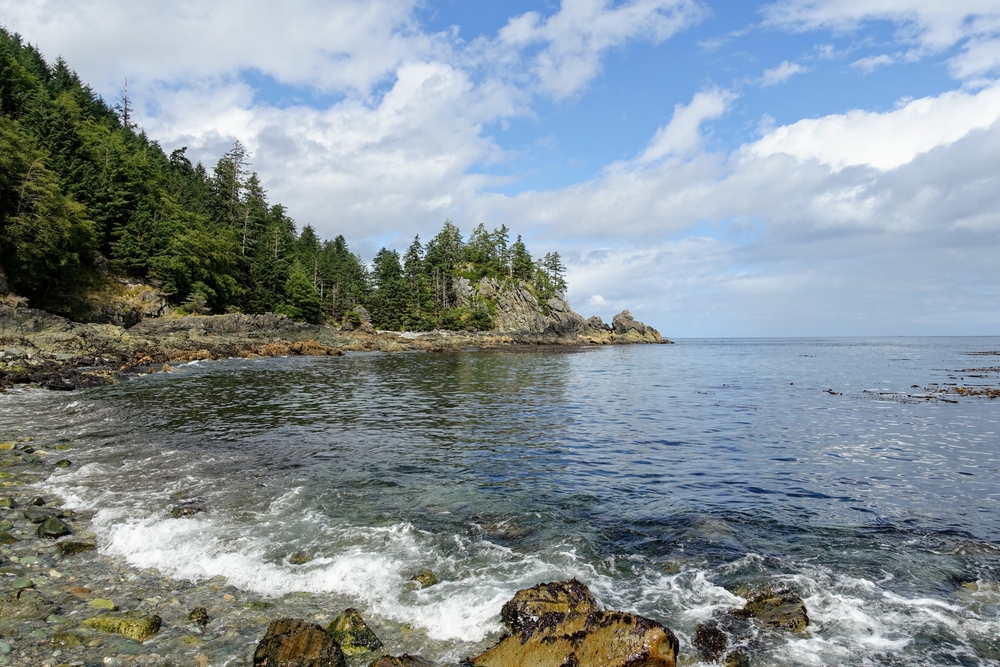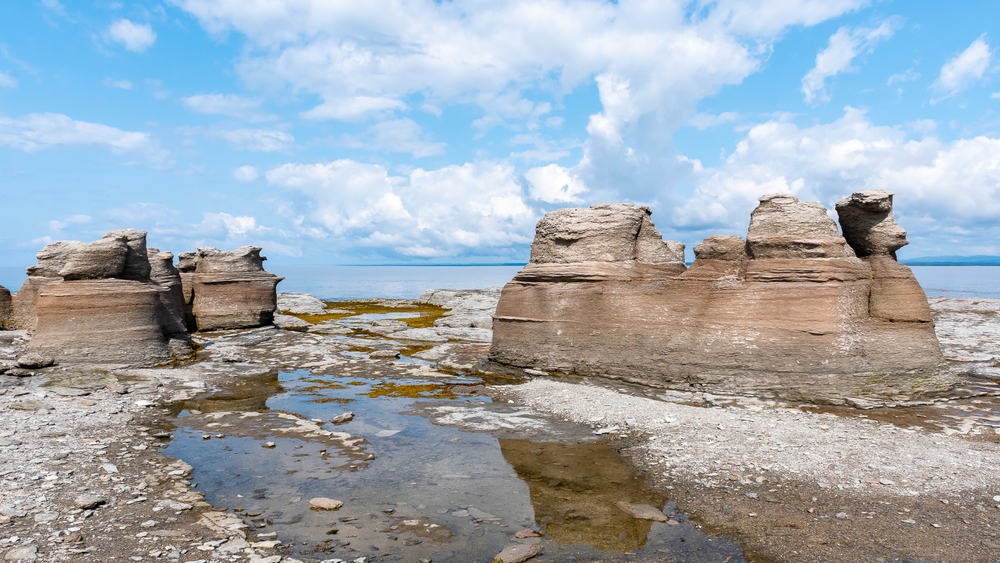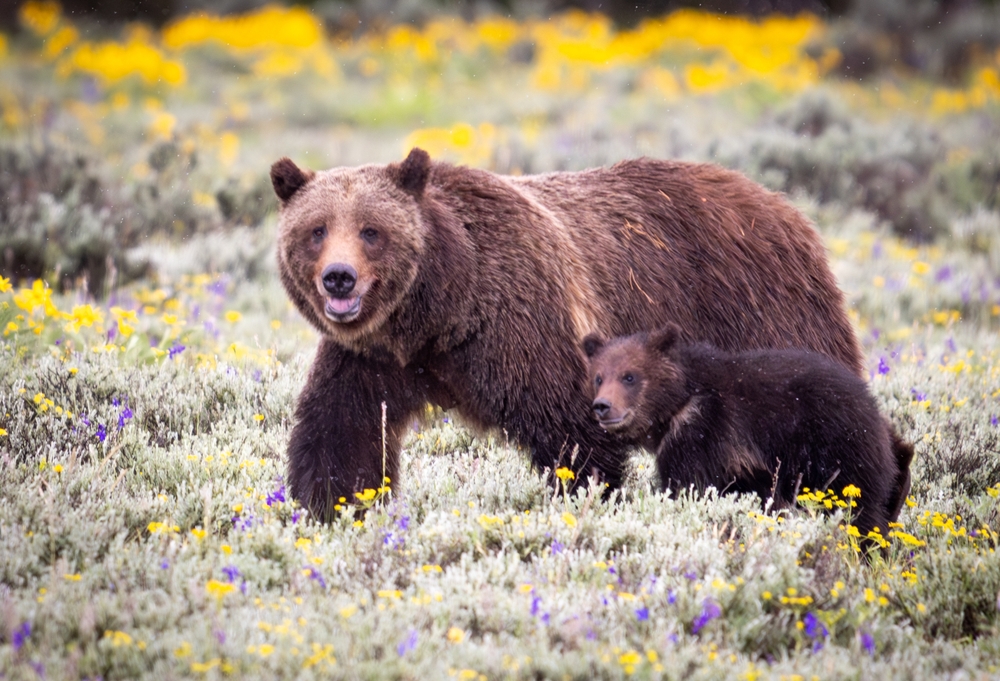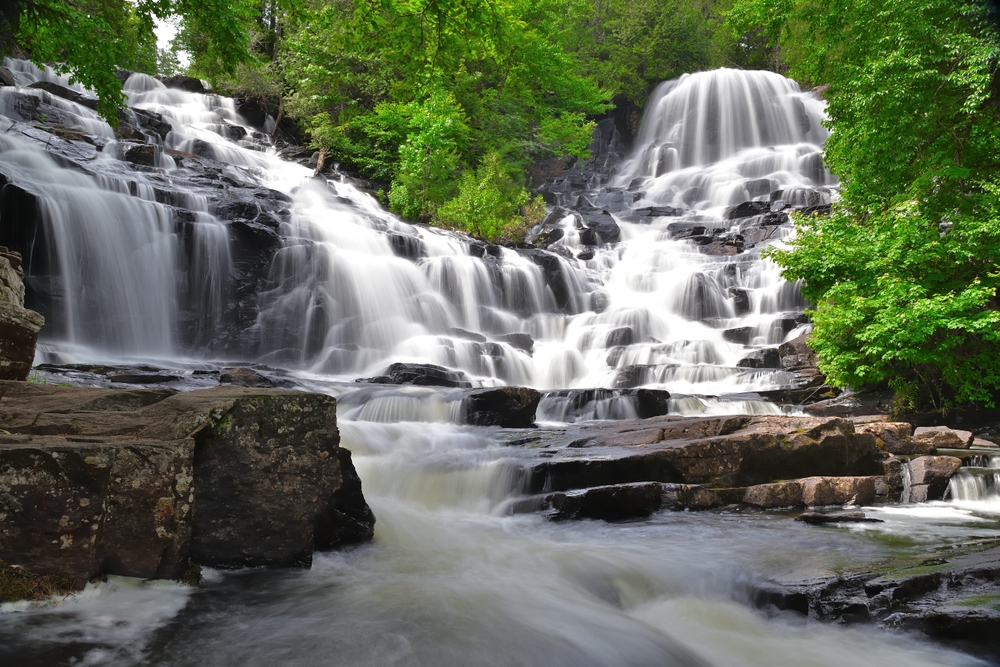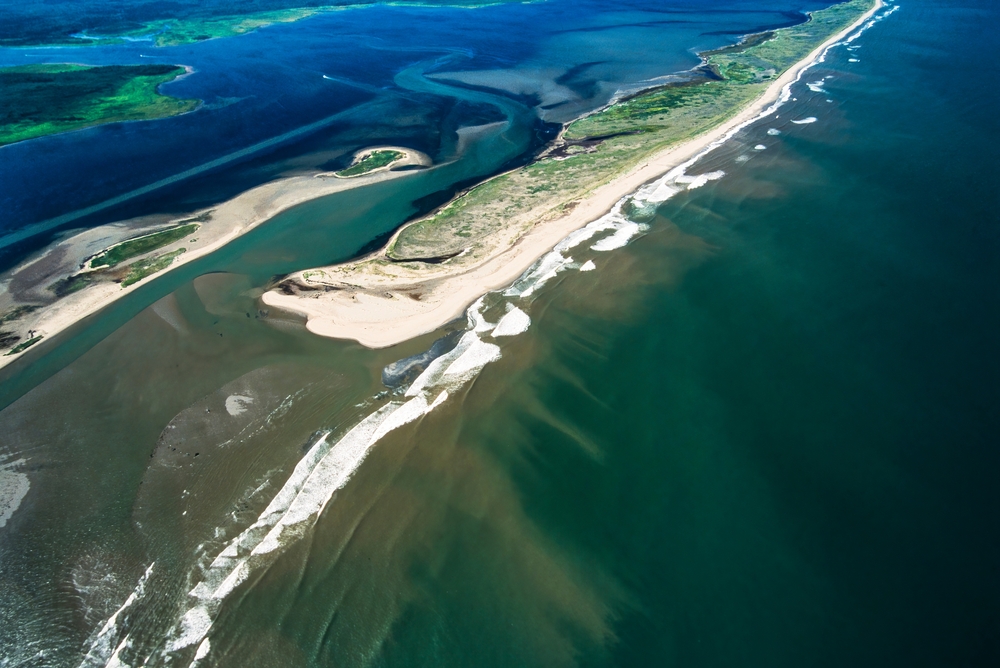Pituamkek Overview
Pituamkek National Park Reserve, known in the Mi’kmaq language as Pituamkek, meaning “At the Long Sand Dune,” is a recently established national park reserve located on the northwestern shores of Prince Edward Island (Epekwitk), Canada.
Officially designated on July 4, 2024, it became Canada’s 48th national park, encompassing approximately 11.6 square miles (30 square kilometers) of protected area. This park reserve is the result of a collaborative effort between the Government of Canada and the Mi’kmaq Epekwitnewaq Kapmntemuow (the Mi’kmaq Nation Government of Prince Edward Island) to preserve a landscape rich in ecological and cultural significance.
The terrain of Pituamkek is characterized by a 50-kilometer chain of barrier islands stretching from the Cascumpec Sandhills in the northwest to the Malpeque Sandhills in the southeast. These islands serve as a natural barrier, protecting the mainland from the Gulf of St. Lawrence’s harsh weather conditions.
The landscape features extensive coastal dune systems, old-growth forests, and unique geological formations. Notably, the area includes Iron Rock, Prince Edward Island’s only igneous rock formation—a volcanic incursion over 240 million years old. The diverse vegetation ranges from salt-tolerant plants on the dunes to rich forest flora inland, supporting a complex and vibrant ecosystem.
Pituamkek is a haven for wildlife, providing critical habitats for several threatened and endangered species. Bird enthusiasts can observe the piping plover, a small shorebird known for nesting on sandy beaches, which relies on the park’s undisturbed dunes for breeding.
The park also supports populations of the little brown bat and the northern long-eared bat, both of which have experienced significant declines in recent years. The rich marine and terrestrial environments attract a variety of other bird species, making it a prime location for birdwatching and wildlife observation.
One of the park’s most significant features is its deep cultural and historical importance to the Epekwitnewaq Mi’kmaq. Archaeological evidence indicates that Indigenous peoples have inhabited and utilized these lands for over 4,000 years.
The area contains ancient archaeological sites, including shell middens and tool-making locations, reflecting a long history of seasonal fishing, hunting, and gathering. The Mi’kmaq have maintained a continuous connection to this land, and the establishment of the park reserve ensures the preservation of their cultural heritage and ongoing traditions.
Visitors to Pituamkek can engage with the park in various ways, though as of its establishment, infrastructure is still under development. Once accessible, activities are expected to include guided tours highlighting the natural and cultural history of the area, birdwatching excursions, and educational programs led by Mi’kmaq community members.
The park’s pristine beaches and dunes will offer opportunities for hiking, photography, and experiencing the tranquility of this unique coastal environment. Collaborative management plans aim to provide immersive experiences that honor both the ecological significance and the cultural heritage of the region.
The creation of Pituamkek National Park Reserve represents a significant achievement in conservation and reconciliation efforts. The collaborative management model between Parks Canada and the Mi’kmaq Epekwitnewaq Kapmntemuow ensures that Indigenous knowledge and stewardship principles guide the preservation of the park’s natural and cultural resources.
This partnership addresses conservation challenges such as habitat protection for endangered species, climate change impacts, and the preservation of archaeological sites. The establishment of the park not only safeguards a vital ecosystem but also reinforces the Mi’kmaq’s enduring relationship with the land, promoting cultural revitalization and environmental sustainability for future generations.












































































